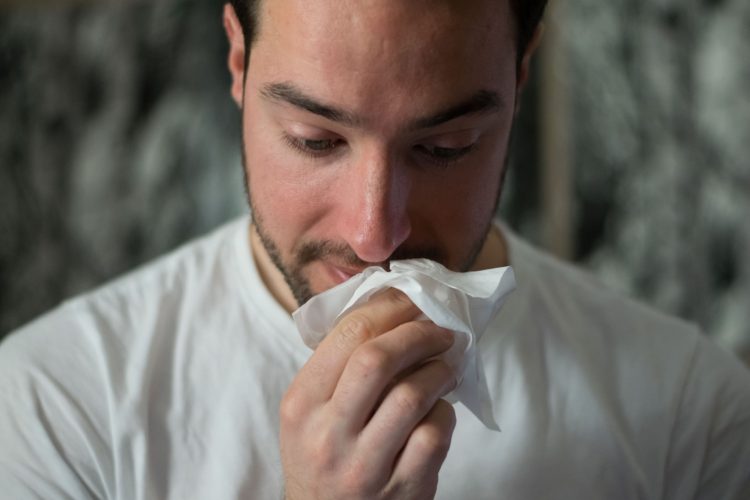There is more to mold than the musty odor of cold damp places or the hideous sight of black, grey or greenish patches that appear on the lower part of your shower curtain.
Although we can thank this infamous fungus for the invention of penicillin, we can also blame it for numerous adverse effects on human health.
Mold exposure can cause various respiratory problems, and, if left untreated, lead to much more serious health conditions. Therefore, living and working areas should regularly be inspected and tested for mold.
Who should be afraid of mold adverse effects?
Harmful effects of mold can be manifested through a wide range of health issues, or none at all. It depends on the susceptibility of the person in question.
Apart from people who are genetically more sensitive to mold, there are groups of people whose bodies may be weak to begin with, and therefore more vulnerable — children, elderly, pregnant ladies, asthmatics and people with compromised immune systems in general.
However, the fact that some people don’t have reactions to mold doesn’t mean it’s not compromising their health. So, even if there are no visible signs or health problems that can be traced back to mold, regular inspections are something that should become a practice.
How does our body react to mold?
Generally speaking, there are 3 ways a person could react to mold:
- Allergenic
- Pathogenic
- Toxigenic
Allergenic reactions to mold are most common. They can range from mild to severe and include: nose congestion, eye irritation, rash, breathing difficulties, abdominal pain, vomiting, diarrhea or even mental confusion.
Pathogenic reactions include nail and skin infections, and severe systemic life-threatening conditions where the mold invades the liver, kidneys, lungs and other organs.
Toxigenic reactions consist of fever, nausea, fatigue, hormone disorder, weakening of the immune system and in some cases, even cancer development.
How does mold exposure occur?
Mold can find its way into our organism in 3 different ways, by
- Inhalation
- Dermal contact
- Ingestion
The fact that mold travels through air spores makes it easy for us to inhale micro particles of this notorious fungus, even if it is not in our immediate surrounding. Mold can lurk from under the walls, ceilings, carpets, floors, and easily find its way to the air we breathe through pipes, vents, crawl spaces etc. This is exactly why it is important to conduct air quality testing, once in a while.
The extent of harm that mold, especially the toxic black mold, can do to your health depends on the time spent in mold-infected places. It takes only 24-48 hours for mold to grow after a flood or bigger water leakage. So, as soon as you notice first signs of it, do not hesitate to have it removed.
Treatment of mold caused health problems
If you suspect that your suffering from mold allergies, or that your organism has in any way been injured by mold exposure, the first thing to do is visit a doctor. You might be subject to allergy testing in order to discover the real cause of your health issue — be it mold or any other factor. Only a specialist is competent to make a diagnosis and prescribe the adequate treatment . You should never consult someone who is not qualified when your health is at stake.
Image Source: unsplash.com/photos/-CDN2nTKfrA
How to prevent mold in your home
If you feel that in any way your health has been compromised by mold presence, keep away from moist and moldy places as much as you can.
Even if there are no signs of mold in your vicinity, there are things you should do in order to prevent mold from growing in future, such as:
- Using dehumidifiers, exhaust fans, ventilators and AC
- Keeping the air fresh by regularly opening the windows
- Regularly cleaning air ducts
- Keeping the place clean by decluttering and vacuuming regularly
- Conducting mold inspections and testing
How to remove mold in your home
It is easy to find advice on DIY mold removal across the Web, and you can even come across different kinds of DIY mold inspection, testing and removal kits. Nevertheless, tackling mold isn’t something to be done by amateurs.
Even though some kinds of mildew (mold in its early stage) might be temporarily successfully removed from hard surfaces, mold removal, as well as testing and inspection requires expertise and protective equipment and should, by no means, be done by professionals.





